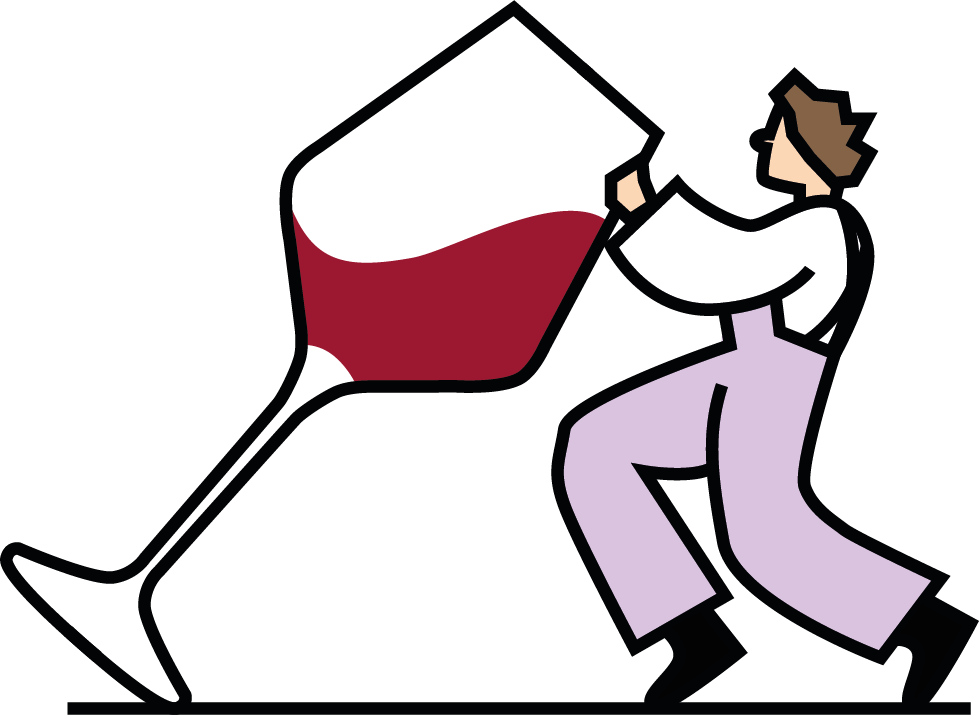After each tasting, note your impressions: aroma intensity, balance, dominant flavors, and length. Over time, these notes create your wine memory, helping refine your preferences.
At Clos Vivants, we use your tasting emotions to guide you toward wines that truly match your palate—whether you’re seeking the perfect food and wine pairing or preparing for a blind tasting challenge.
Sharing your tasting experiences with other enthusiasts enriches your vocabulary and perspective. After all, wine tasting is personal, but also about curiosity, exchange, and discovery. Our wine tasting workshops in Dijon are the perfect opportunity to learn, connect, and explore together.

